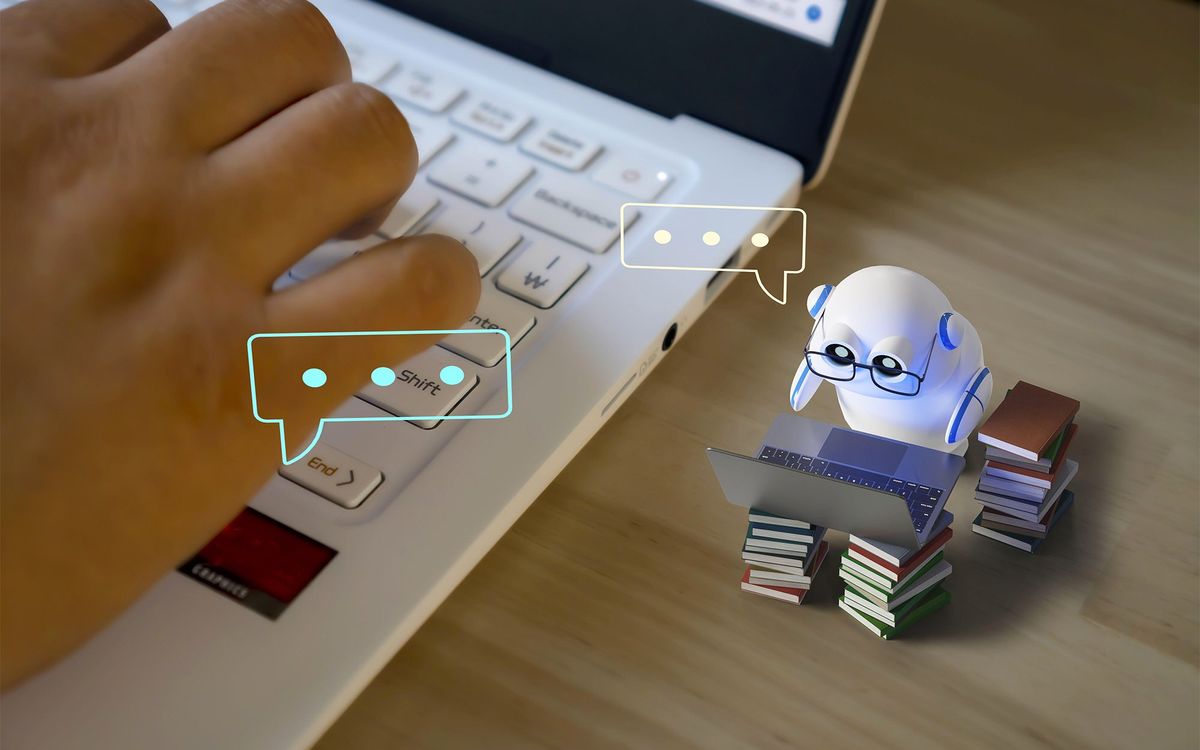According to Chinese newspaper Workers’ Daily, two restaurants in Guangzhou, China, that gained some amount of notoriety for their use of robotic waiters have now been forced to close down. One employee said, “the robots weren’t able to carry soup or other food steady and they would frequently break down. The boss has decided never to use them again.” Yeah, we can’t say we’re surprised.
As far as I can tell, all of these waiter robots can do essentially one thing: travel along a set path while holding food. They can probably stop at specific tables, and maybe turn or sense when something has been taken from them, but that seems to be about it. “Their skills are somewhat limited,” a robot restaurant employee told Workers’ Daily. “They can’t take orders or pour hot water for customers.” Those are just two of the many, many more skills that human servers have, because it’s necessary to have many, many more skills than this to be a good server.
It’s not like the restaurants were under any sort of illusion that the robot servers were going to be on par with humans. I’m sure they were just hoping for basic serving functionality, and that their overall ineptitude relative to a human would be compensated for by their novelty. And it worked, at least for a while. But as novelty wore off, the restaurants were left to deal with the inevitable pain-in-the-neck-because-it’s-a-robot-ness.
This sort of situation is becoming increasingly common as robotics enter commercial spaces, not just restaurants. Savioke’s Relay delivery robot provides a good example. It’s certainly not better than a human at doing what it does: it’s not faster, it can’t carry more, it’s not more flexible or more reliable or anything like that. But it’s totally cool, and people love it. More importantly, it does (generally) as good of a job as a human does, so there’s no significant downside to the end user, just the addition of a cool experience. And for the hotel, there are some minor economic upsides, but again, what’s important is that there are no significant downsides and guests get a huge kick out of it, so it’s a net benefit to have Relays around.
Part of the reason that Relays work and robot waiters don’t is that hotels are much more structured environments than restaurants are, and (perhaps more important) point-to-point delivery is a much simpler task. Actually waiting tables, which involves carefully manipulating all sorts of things while dynamically interacting with humans, is very difficult. Robots like Pepper and EMIEW3 are a bit of an intermediate step, tackling the human interaction component (which is more than Relay does) without having to worry so much about dealing with physical objects. So far, we’re not yet convinced that Pepper, which has been used as a sales assistant at SoftBank stores, has been any more successful than these robot waiters have been, at least in terms of that novelty to functionality ratio. So it’ll be interesting to see whether these customer assistance robots make something of themselves, or all get fired in a year or two.
[ Worker’s Daily ] via [ Shanghaiist ]
Evan Ackerman is a senior editor at IEEE Spectrum. Since 2007, he has written over 6,000 articles on robotics and technology. He has a degree in Martian geology and is excellent at playing bagpipes.



